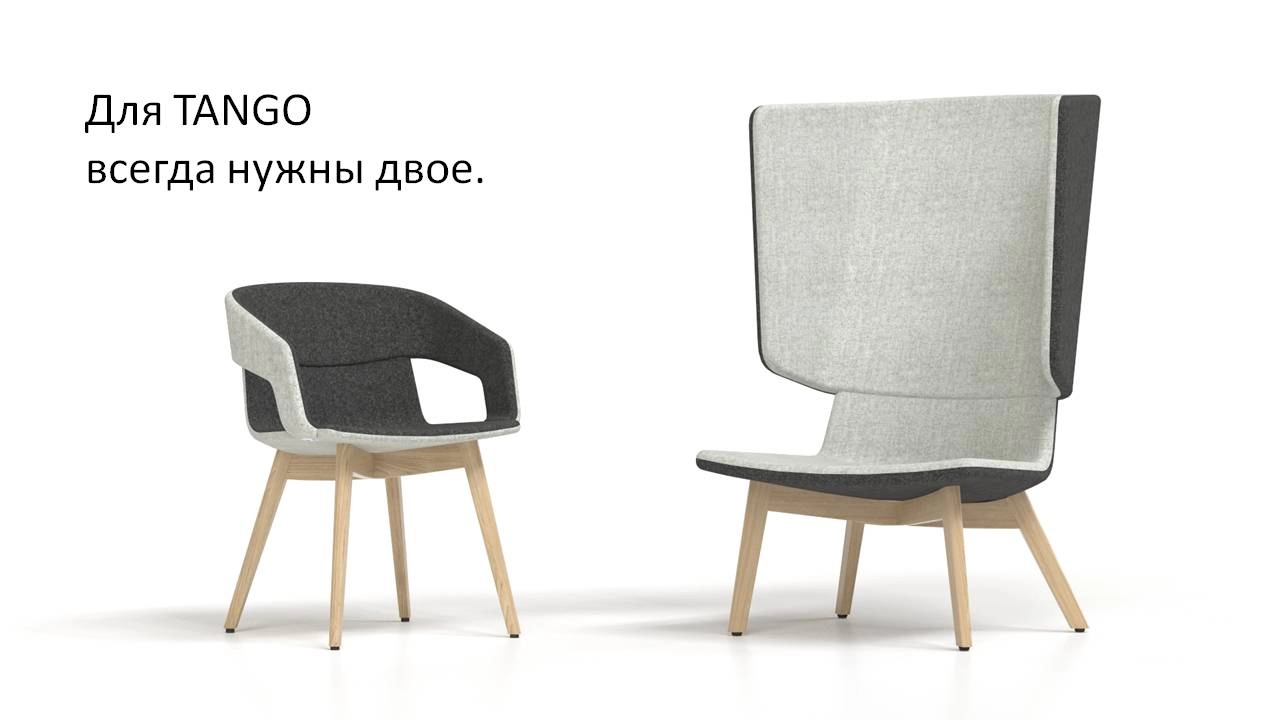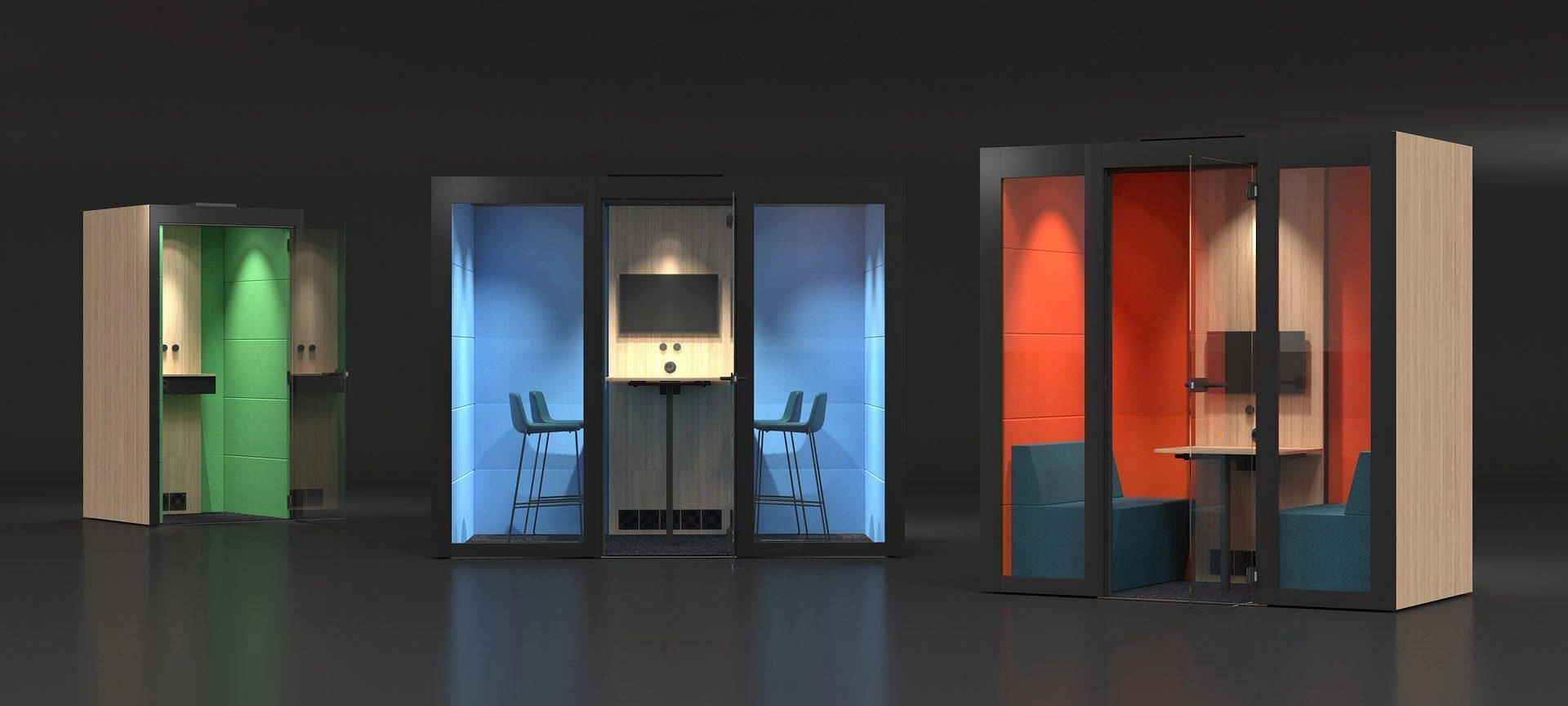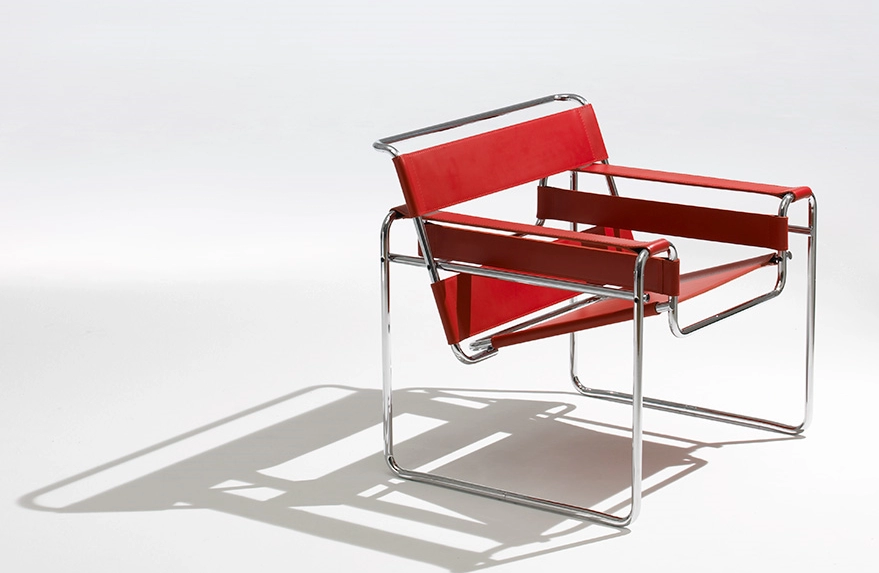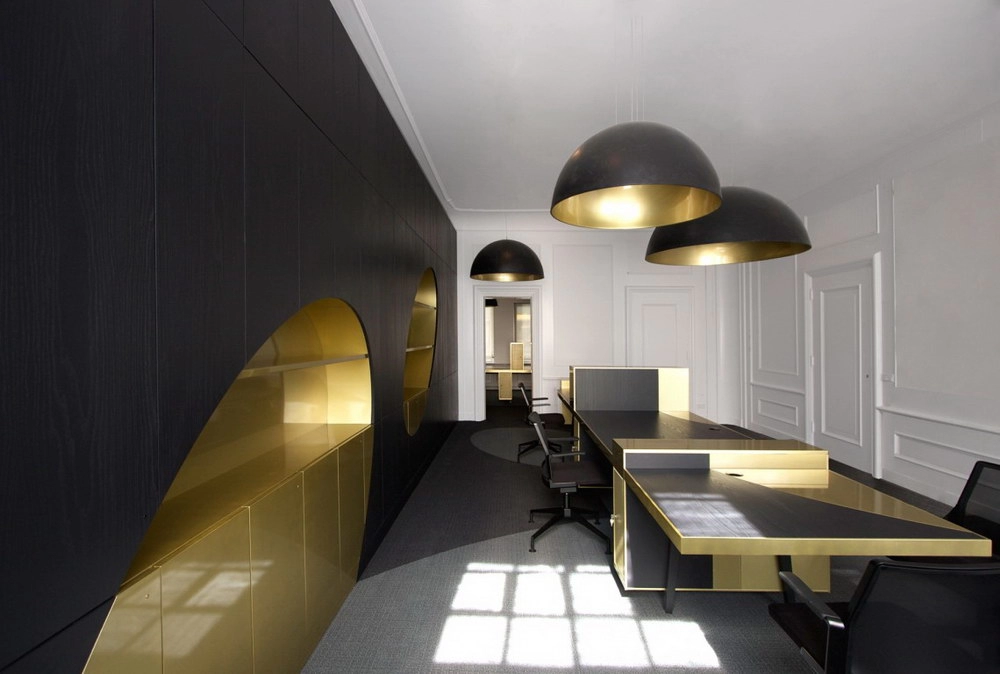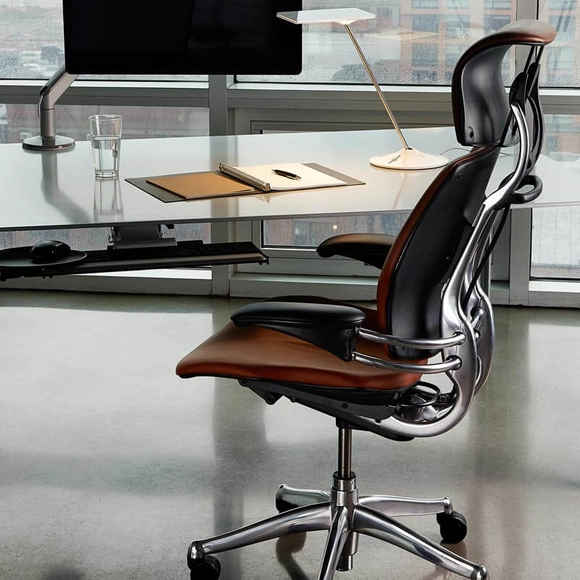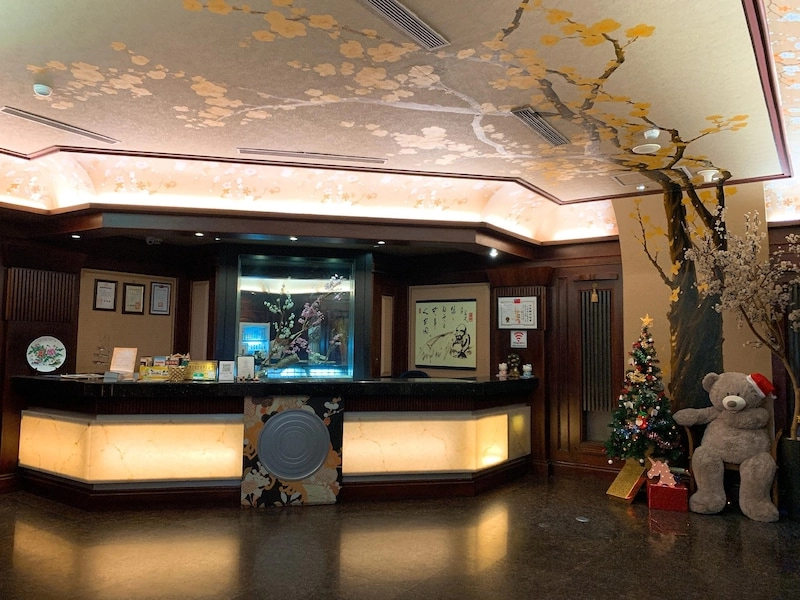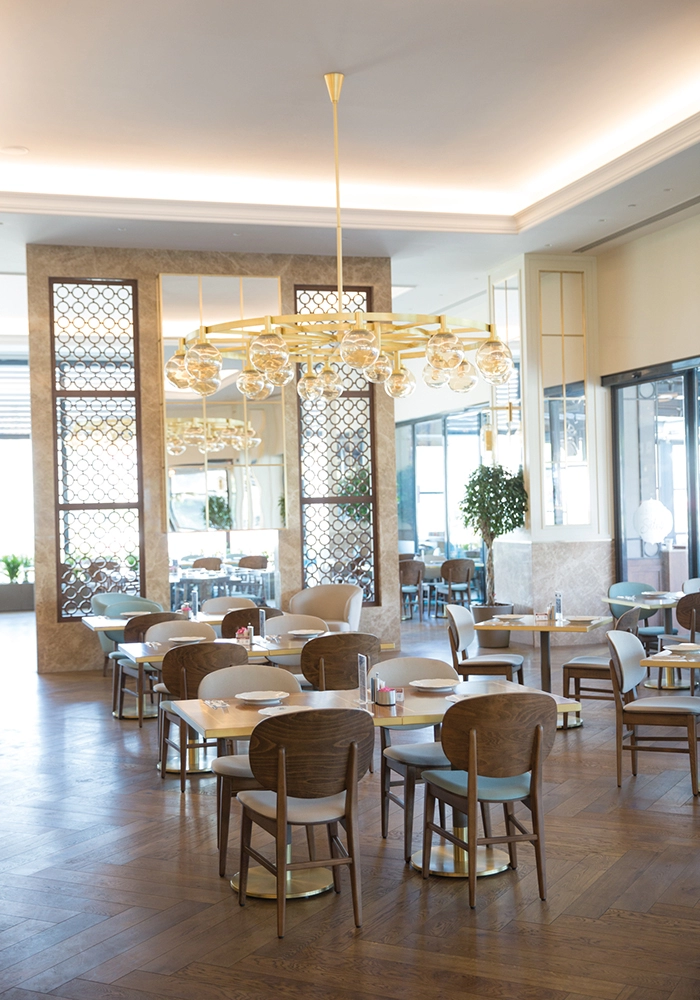
The king's throne is a symbol of status.
The throne is a ruler's chair, often installed on a dais and crowned with a canopy, personifies the power of the one sitting on it, and sometimes endows him.
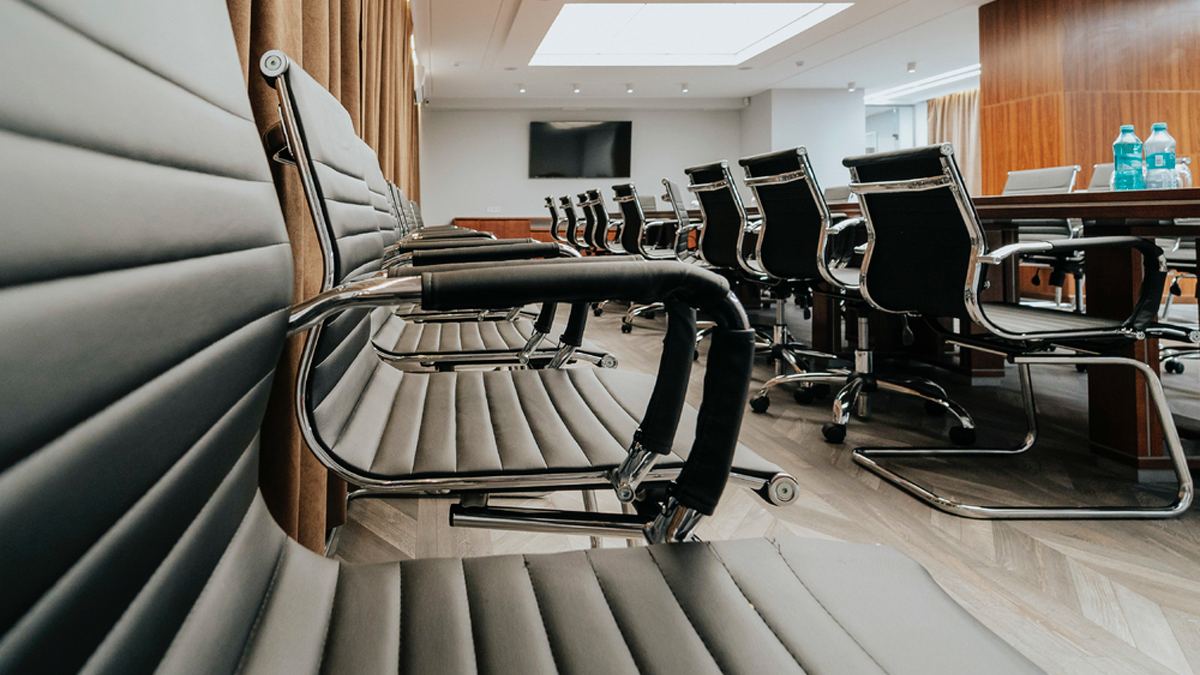
The throne is an essential attribute of a ruler. Symbolically identified with the status of their users is an essential symbol of monarchies.
The highest officials of the Roman Republic sat in special chairs. They borrowed this piece of furniture from the Greeks. In Greece it was called "diffros okladios" and was a folding chair with legs crossed under the seat.
In the ancient world, especially in the East, thrones almost always possessed symbolic splendor. So, for example, the throne of Solomon is described in the Bible:
“And the king made a great ivory throne,
and overlaid it with pure gold. "
The throne of the Byzantine emperors was modeled after the throne of Solomon.
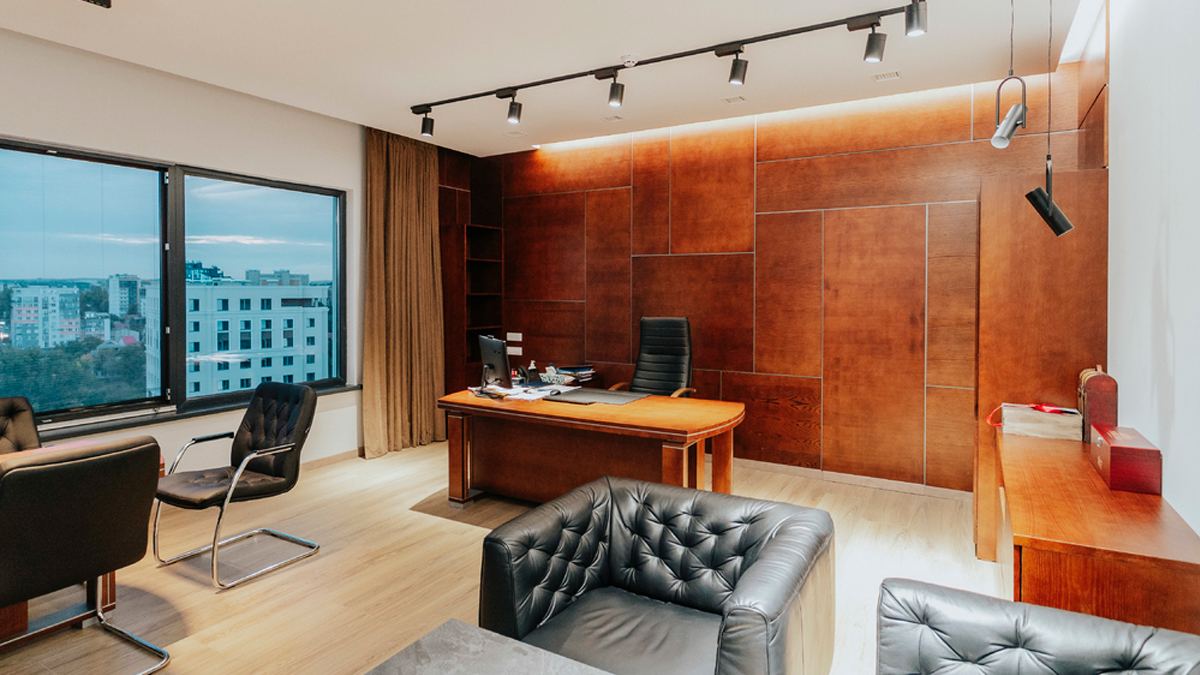
The rise of Christianity stimulated the creation of thrones in Europe, as they were not only seen as part of the process of endowing royalty with a magical aura through elaborate coronation ceremonies, but also many ecclesiastical dignitaries - cardinals, bishops, and mitred abbots. - had the right to the throne.

History teaches us that throughout the history of mankind, leaders and rulers have used the environment to demonstrate their authority and power, so the furniture is one of the most effective elements of demonstrating it. Choosing premium office furniture in the Cabinet Plus store, you are choosing a product that will emphasize your leadership qualities.
Other news
All news










